|
Mycobank Taxonomy: Fungi, Dikarya, Ascomycota, Pezizomycotina, Pezizomycetes, Pezizales, Tuberaceae, Tuber I did it! I’ve eaten 1001 different mushrooms! What, you thought my goal was to eat “one thousand and one” mushrooms? That’s absurd! Isn’t everything binary in this age of computers? To celebrate the accomplishment of the binary version of this project (1001 = 9), I endeavored into the exquisitely funky world of truffles. While some people make the distinction between “true truffles” (Tuber spp.) and “false truffles” (everything else that grows underground), I’ll refer to them all as truffles. Recently, I learned that truffles are all around us. There are actually over 40 Tuber species native to North America (Guevara et al. 2013 listed 38, and more have been described since) and if you consider underground fungi in other genera, there might be hundreds of species present in the United States! In mycologese, mushrooms that grow entirely underground are called “hypogeous”. Those that grow aboveground are “epigeous”. So, by definition, all truffles are hypogeous mushrooms. This type of growth has evolved many times over the past few hundred million years. It’s really a clever strategy - if you fruit underground you can avoid drying out as quickly and temperatures are more constant. However, there is a trade off. Air currents are no longer a means to disperse spores. Instead, you must entice animals. This is where I come in. As a mammal, I fall for truffles’ alluring smells. The odors produced by truffles actually mimic sexual pheromones that are exchanged between mammals. While “arousing” is not quite the descriptor I’d use for truffles, their aroma is unique, bizarre, funky, interesting, and - for some people - one-of-a-kind delicious, so much so that the demand vastly exceeds the supply and truffles (well, one species in particular, Tuber magnatum, the Italian white truffle) are one of the most expensive food items in the world. With the knowledge that I could find truffles in Michigan with simply a four-tonged garden cultivator - no dog or pig required - I set about carefully removing the organic layer (duff) around the base of trees and inspecting and scraping at the mineral layer. Seemingly miraculously, while searching around a Norway spruce (Picea abies), I began to see small, whitish, potato-like things. They were no larger than one cm in diameter, but they were abundant and fairly easy to spot once I had my eye trained. Cutting them in half, I knew I scored big time. The firm texture and marbled interior indicated that I probably had a Tuber sp. Combined with the funky smell – reminiscent of rubber, gasoline, raw garlic, and musk – I felt sure of it. With exquisite funk in hand, what was I to do? Throwing caution to the wind - or maybe to the animal digestive tract - I decided to try some of the truffle. Now, you should never eat a mushroom whose identity you are not absolutely sure of. While I had no idea what species this was, I was sure of its genus. That wouldn’t work for most other fungi, but it is widely reported that all Tuber mushrooms are edible because they have evolved to be eaten by mammals and are thus hypoallergenic. I have to point out that in my search for truffles, I turned up all kinds of tiny mushrooms in their primordial (baby button) stage as well as non-edible basidiomycete truffles. That’s to say, you should not eat any old fungus that you rake up! Back in the kitchen, I prepared simple garlic bread by toasting slices of baguette, rubbing raw garlic cloves on the toast, lathering with Miyokos – my favorite vegan butter – and topping with delicate slices of truffle. I chose the largest and most ripe truffles and really piled them on to get the most flavor possible. And wow, it was good garlic bread. But, I actually didn't notice the truffle so much. I should have done a blind taste test. I think the garlic bread with the truffle was better, more interesting, more of a mouthful of flavor, but I can't be sure it wasn't a trick of my brain. The difference wasn't that noticeable... I wonder why the smell was so strong yet the taste didn't manifest much? I now have more confidence and incentive to look for truffles and I am really eager to explore native truffles' culinary potential. Given how under-sampled truffles are – this was the first Tuber species reported for Michigan on iNaturalist – there are no keys to identify them. By sequencing these truffles' DNA, I was able to figure out that what I had eaten was Tuber separans, a species that hasn't been documented in Michigan since 1930! SpecimenACD0219, iNaturalist #3430007; 12 October 2019; Washtenaw Co., MI, USA; leg. Alden C. Dirks, det. Alden C. Dirks; GenBank #MZ919195 (ITS rDNA), MICH 352215. ReferencesGuevara, G., Bonito, G., Trappe, J. M., Cázares, E., Williams, G., Healy, R. A., … Vilgalys, R. (2013). New North American truffles (Tuber spp.) and their ectomycorrhizal associations. Mycologia, 105(1), 194–209. https://doi.org/10.3852/12-087 Online Resources
2 Comments
maricel
10/18/2019 10:11:31 pm
Alden, I truly admire you for being such an exquisite person: the photos, the way you write about your project and how you share all you are learning. Last Sunday we had a foray at Cattus Island, NJ, and someone found a Rhyzopogon sp. and the smell was so incredibly delicious that it made me want to it eat! Someone said the smell was of umami. Greetings. Maricel
Reply
Your comment will be posted after it is approved.
Leave a Reply. |
PermalinksProject Introduction Top EdiblesHericium coralloides
Laetiporus sulphureus Morchella americana Polyporus umbellatus Suillus ampliporus Archives
April 2023
Categories |
|
|
Terms of Use, Liability Waiver, and Licensing
The material on aldendirks.com is presented for general informational and educational purposes only, and under no circumstances is to be considered a substitute for identification of an actual biological specimen by a person qualified to make that judgment. Some fungi are poisonous; please be cautious. All images on this website are licensed under Attribution-NonCommercial-NoDerivatives 4.0 International (CC BY-NC-ND 4.0). |
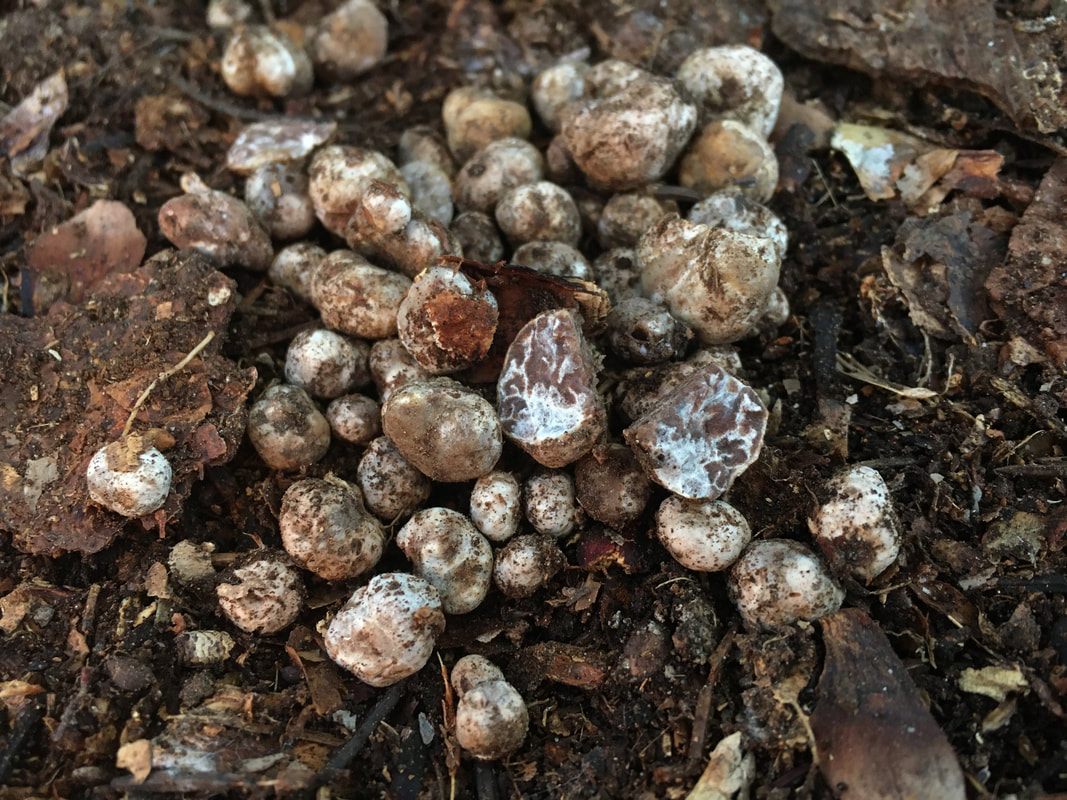
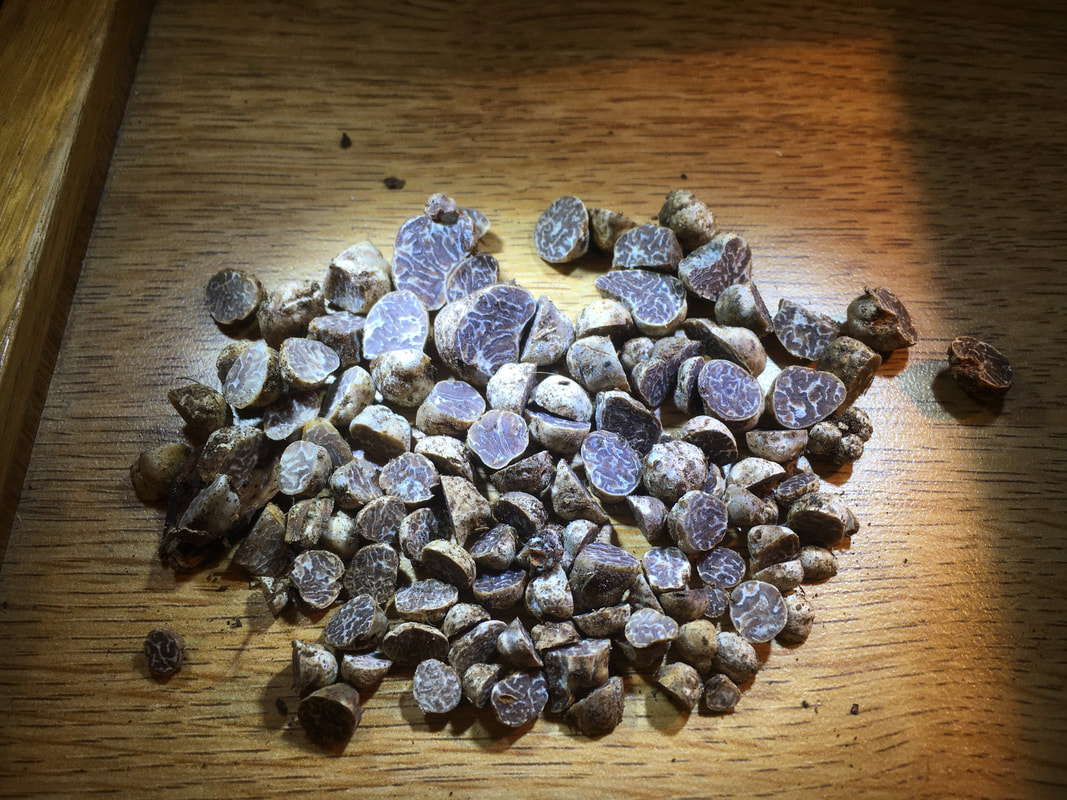
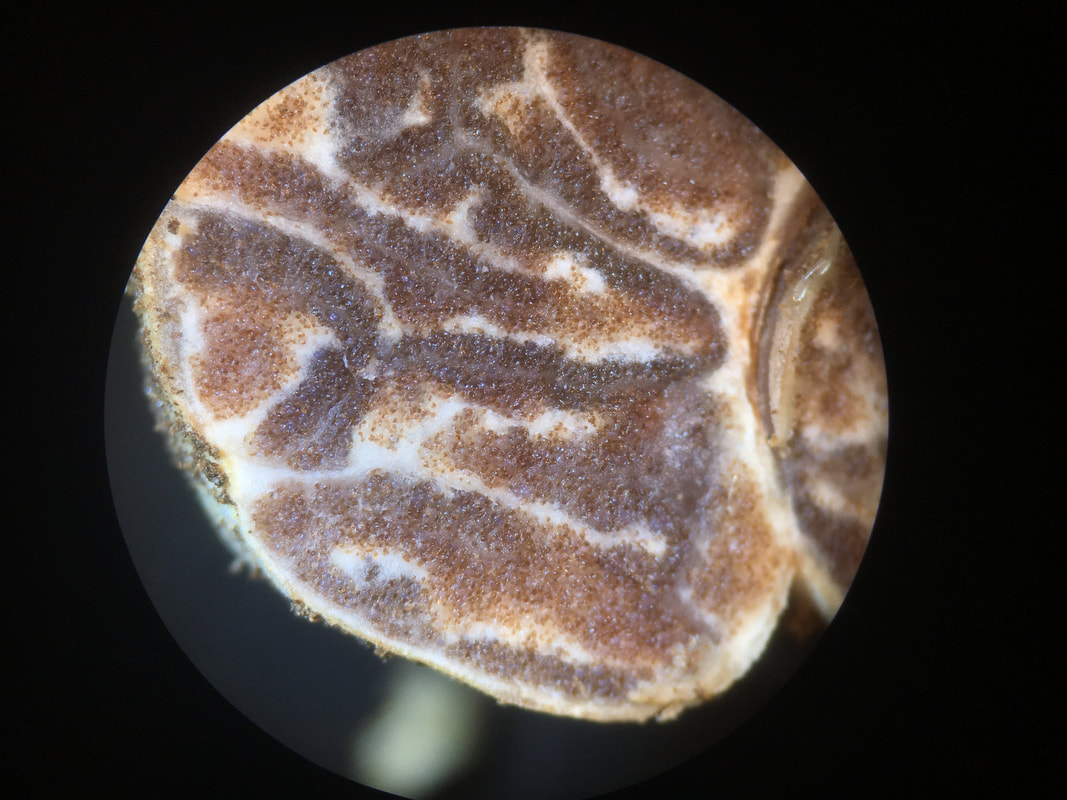
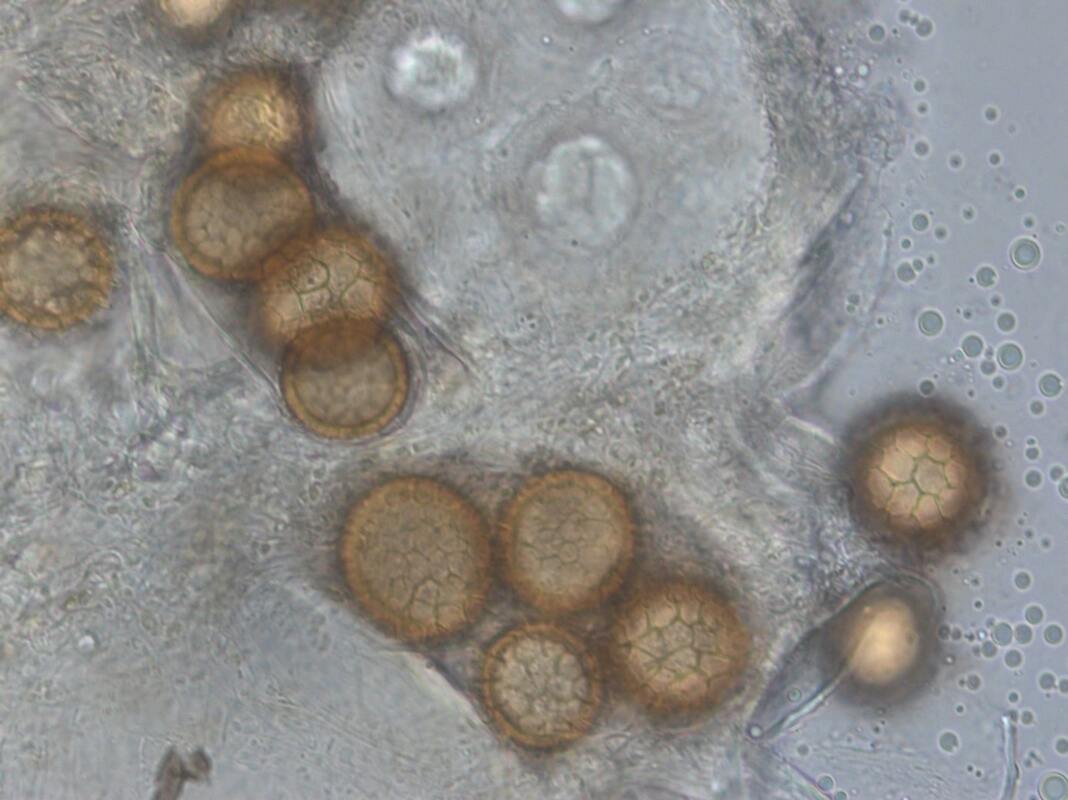
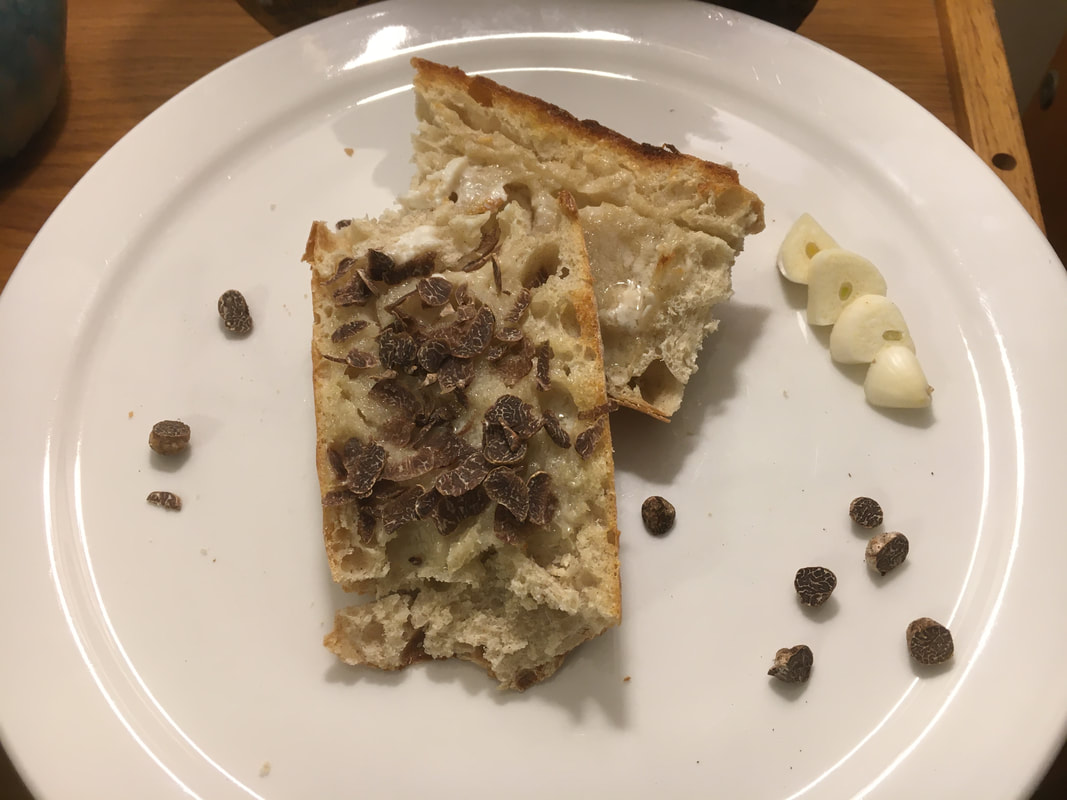
 RSS Feed
RSS Feed




